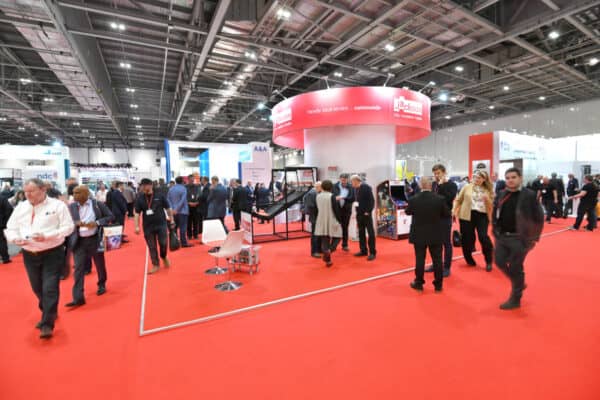60 seconds with Micky Grover-White, Technical Manager, LEIA

Tell us about your background. How did you get into the industry?
Basically, by accident! The company I worked for hadn’t long closed down, and a new company had started up where I was offered a week’s work. This turned into eight years worth of work! I was fortunate enough to be taught the skills in new installation, repairs, and modernisation during my time there whilst also completing my NVQ level 2 and level 3. Afterwards, I turned to being self-employed, but after the crash in 2008, things were easier being employed again and so I trained as a tester, gaining my NVQ level 4 in both service and new equipment. I joined a large organisation in 2015, where things progressed, and I moved from tester to technical manager over eight years until I joined LEIA in 2023.
What does your role at LEIA involve?
All manner of things. I manage the Quality and Technical committee, which can range from enquiries to work within CEN and BSI, collaborating in new standards as well as producing guidance documents. These include Lift and Escalator Owner News for the general public and for LEIA members and ‘Are you Aware’ and Technical Guidance documents. I recently took over as secretary for the Safety and Environment committee, and this covers all areas relating to health and safety and relevant safety and environmental legislation. It also produces a series of information sheets, regular updates, and newsletters for LEIA members.
Your talk focuses on modernisation, what are the most significant safety gaps between lifts installed 20+ years ago and those meeting today’s standards?
The technology and subsequent level of safety varies depending on the age of the lift. For example, some features commonly expected to be found on today’s lifts in order to ensure the safety of the engineer, such as counterweight and pit division screens, may not have been required when the lift was first installed. Or an existing lift may not be able to provide refuge spaces at the extremes of travel, and therefore fully meet the Essential Health and Safety Requirements (EHSRs), as described in the Lift Regulations.
How does the revision balance the need for improved safety with the practical and financial constraints faced by building owners?
Building owners might improve their properties for a number of reasons. These include improvements to lifts for the safety of users and/or workers, accessibility to the building, vandal resistance or behaviour of lifts in event of a fire or evacuation. It’s these reasons for improvement that typically results in a schedule of what improvements are to be made. While other standards make recommendations of what improvements should be made, (BS EN 81-80 series) standard includes recommendations of how those improvements should be made safely.
What are the legal and insurance implications for building owners who don’t upgrade older lift systems to current safety standards?
There is no compulsion on an owner to bring a lift up to the latest level of safety, this is voluntary. However, in the event of an incident, it is likely that their attention will be drawn to the best practice contained in the latest safety standards. This situation can be avoided by carrying out a safety audit from time to time and upgrading all lifts to the latest safety standard in order to ensure the highest currently perceived level of safety is obtained. It is not always reasonable and practicable to carry out all the recommendations resulting from an audit. In deciding what is practicable the seriousness of a risk to injury should be weighed against the difficulty and cost of removing or reducing that risk. In considering the cost no allowance should be made for the size, nature or profitability of the business concerned. Where the difficulty and costs are high and a careful assessment of the risk shows it to be comparatively small, action may not need to be taken. However, where the risk is high, action should be taken at whatever cost.
What are the key takeaways from your talk?
- The importance for an owner of a lift to be aware of the changes in safety requirements.
- The consequences of an important change and that each project should be subject to individual risk assessment to identify any issues that should be addressed.
Micky will be speaking in the seminar theatre on Wednesday 11th June at 12.00. His session is entitled ‘Revision of BS 5655-11 – Code of Practice for the Undertaking of Modifications to Existing Lifts.‘
RECENT BLOG POSTS
Ian McGregor will host a session Fire Safety (England) Regulations – Duties of Responsible Persons’
Read More10 tips on getting the most from your visit.
Read MoreMany building owners and facilities managers aren’t fully aware of their extensive legal obligations when it comes to managing lifts in your buildings.
Read MoreThis session is essential for building and facilities managers looking to understand their obligations and implement effective lift modernisation strategies.
Read More




